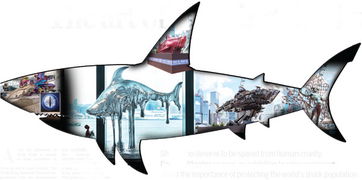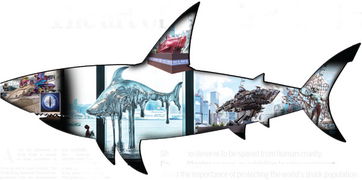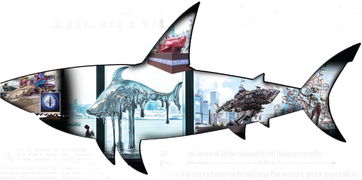Content:
Embarking on a coastal adventure to fish and catch crabs is a thrilling experience that can yield both a bounty of seafood and unforgettable memories. Whether you're a seasoned angler or a beginner looking to explore the shores, here are some valuable tips and techniques to help you master the art of sea fishing and crab catching.
Choosing the Right Equipment
Fishing Rod and Reel
The first step in ensuring a successful fishing trip is to have the right equipment. For sea fishing, a sturdy rod and reel combination is essential. Look for a rod that is long enough to cast effectively and strong enough to handle the pull of larger fish. A spinning reel is often preferred for its ease of use and ability to handle lighter lines.
Line and Lure
Select a monofilament line that is appropriate for the species you're targeting. Thicker lines are better for larger fish, while thinner lines are more suitable for smaller species. When it comes to lures, choose ones that mimic the natural prey of the fish you're targeting. For crabs, using a crab-shaped lure can be particularly effective.
Bait
The type of bait you use can significantly impact your success. For fish, fresh bait such as fish, shrimp, or squid can be irresistible. For crabs, a mixture of fresh or dead fish, shrimp, or chicken can attract them to your hook.
Finding the Perfect Spot
Tides and Weather
Understanding the tides and weather patterns is crucial for a successful fishing trip. High tides can bring fish and crabs closer to the shore, making them easier to catch. Additionally, consider the weather conditions; windy days can make casting difficult, while calm days are often more productive.
Scouting for Hot Spots
Look for areas with a mix of rock, sand, and vegetation. These areas can provide excellent habitats for fish and crabs. Beaches with oyster beds, rocks, and jetties are also prime spots to try your luck.
Techniques for Sea Fishing
Casting
Learn the art of casting to cover more ground and increase your chances of catching fish. Practice different casting techniques, such as the overhead cast, sidearm cast, and roll cast, to find the one that works best for you.
Baiting the Hook
When baiting your hook, make sure to secure the bait securely but not too tightly. The bait should be able to move naturally as the fish swims by, triggering a bite.
Patience
Patience is key in sea fishing. Fish may take some time to bite, so be prepared to wait. Keep your line tight and be ready to set the hook when you feel a tug.
Techniques for Crab Catching
Crab Traps
Crab traps are a popular method for catching crabs. These traps are set in areas where crabs are known to frequent and can be left overnight or for several days.
Baits for Crab Traps
For crab traps, use fresh or dead fish, shrimp, or chicken as bait. Place the bait securely in the trap and ensure it is visible to passing crabs.
Setting the Trap
When setting the trap, anchor it securely to the bottom. Use a heavy chain or rope to prevent the trap from being moved by currents or waves.

Checking the Trap
Check the trap regularly to see if you've caught any crabs. If you have, carefully remove the crabs from the trap, being mindful of their delicate exoskeletons.
Safety Tips
Know the Law
Before you set out, familiarize yourself with local fishing regulations and laws regarding crab catching. Some areas may have size or catch limits.
Wear Appropriate Gear
Protect yourself from the sun, sea, and sharp objects by wearing a hat, sunglasses, sunscreen, and appropriate footwear.
Stay Safe
Always fish with a buddy or let someone know your plans. Carry a first aid kit and know how to perform basic first aid.
Final Thoughts
Fishing and crab catching by the sea can be a rewarding and enjoyable activity for anglers of all levels. By choosing the right equipment, finding the perfect spot, mastering the techniques, and staying safe, you'll be well on your way to a successful coastal adventure. Remember to respect the marine environment and practice catch-and-release when appropriate. Happy fishing and crabbing!












